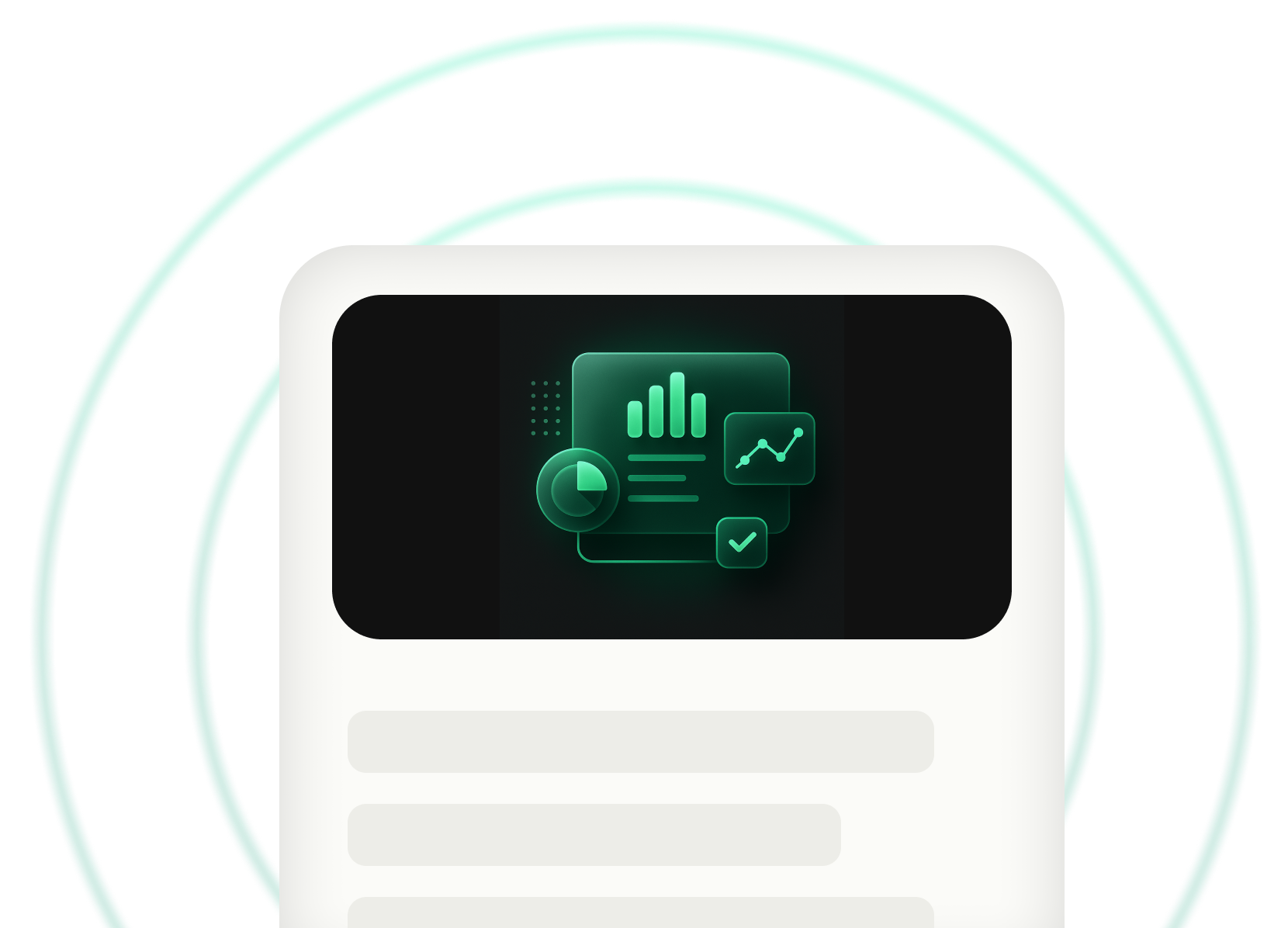To The Edge of The World

Several meters below the surface of the ocean is a device whose purpose is to seal, monitor, and control oil and gas wells. Why? To prevent blowouts and the contamination of our great oceans, namely, undersea blowout preventers. But how do we communicate with these devices? How are we able to send and receive the data it compiles all the way out in the middle of the ocean? The answer - edge computing.In a world where the accumulation of data and information is become increasingly important and bigger in scope, we’ve had to come up with new ways to compile all of it in an efficient and timely manner.Enter - edge computing.By definition, edge computing is the ability for a piece of computing hardware to turn large quantities of information into a comprehensible output closer to the source of data, i.e. an undersea blow out preventer. By creating a centralized processing system within a device, you eliminate the time and distance required to send data to another server thus improving the speed and performance of data exchanges and the efficiency of devices and applications.One of the main reasons people have started gravitating towards the edge computing platform is due to the rapidly growing number of devices that people rely on to send and receive data and the inability for networks and servers to handle all of it. Take for example, a government building with several surveillance cameras. If you had 10 or 12 cameras then maybe edge computing might not be necessary, but when you start getting in the hundreds it gets to the point where your network will become saturated with information and won’t be able to process and exchange all of the data that you need to keep your building safe.What edge computing solutions bring to the table is a centralized software that you can install into a device, enabling it to process data into a desired output and send it to a server. Not only does this reduce the load on the network but it also opens up more opportunities for device functionality. In regards to the surveillance camera example, one might implement something like biometric scanning or license plate recognition to better optimize security.Now a lot of people might be thinking that this sounds like fog computing, a term used to describe a software that like edge computing, attempts to collect, analyze, and process data more efficiently than traditional cloud architecture. The main difference between the two is where they allocate the processing power. Fog computing pushes the intelligence to a local area network, a LAN. Edge computing places the intelligence within the actual device. The two are essentially interchangeable but distinctions must be made.As the technology we use to maintain the functionality of our lives become more complex, so too will the interplay between devices. And while the internet of things continues to grow, so too will the dependance on edge computing.

.webp)
ClearBlade Monthly Newsletter
News, trends, and true stories of IoT, Edge AI and connected Digital Twins in action.













.svg)











